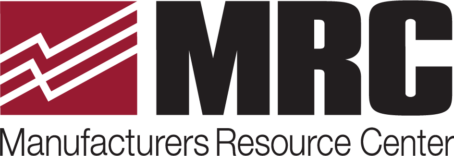Employee Stock Ownership Plans: An under-utilized solution to a challenging dilemma
by William Stewart, Director
Client Advisor
Alex. Brown | Raymond James | Banyan Partners
ESOPs offer unique solutions, especially for founders and owners of privately held, lower-middle market companies, to the vexing challenge of developing optimal, holistic business succession strategies. While the nuances of these qualified plans can seem daunting, their inherent breadth and flexibility enhances their utility in many situations.
Often founders and owners are ambivalent about relinquishing control and/or selling their businesses despite intuitively knowing it’s on the horizon. The risks associated with selling are real and legion. An ESOP can provide an elegant, intermediate step which neither requires giving up control today nor forfeiting the opportunity for a complete sale in the future.
The traditional M&A process, which realistically becomes more readily available to companies with $3MM+ of EBITDA (Earnings before interest, taxes, depreciation, and amortization), can be the path of least resistance and offer the optimal choice for many owners. If maximizing cash is the primary objective and the markets are favorable, engaging in a formal sales process is clearly the superior alternative.
On the other hand, an ESOP is a ready and steady buyer of company stock, in any amount and in any market conditions, whenever a seller is inclined to sell shares. In fact, as a qualified plan, an ESOP can be established and sit alongside a 401(k) plan and effectively be prefunded in anticipation of an owner wanting to begin selling shares sometime in the foreseeable future. Cash accumulated in the ESOP will ultimately be used to buy shares and can be supplemented by a loan, from the company to the plan, if it makes sense. Further, the principal and the interest, on a loan to the ESOP, can both be deducted as they are treated as any other contribution to a qualified plan.
Importantly, employees are simply participants in an established ESOP trust, and therefore, do not exercise regular share voting rights, which in most circumstances, for private companies, are controlled by the ESOP fiduciaries. As participants in the ESOP trust, they are not required to receive company financial statements and only receive limited financial information through an annual benefit statement showing their number of shares and the fair market value of those shares.
Establishing an ESOP, whether you are a C-Corp or an S-Corp, can be a relatively cost effective, tax efficient and elegant solution to the business succession dilemma facing many founders and owners of lower-middle market companies. For profitable companies with 15 or more employees and more than $1MM in revenue, in any industry other than professional services (i.e. physician practices, law firms, etc.), exploring the utilization of an ESOP for you and your company could be a worthwhile exercise.
About the author:
William Stewart is team focused on helping founders and owners of lower middle market companies, and their families, successfully navigate the challenging arc of company transformation and personal transition. He can be reached at william.stewart@alexbrown.com or by phone at 443-214-7751. Banyan Partners’ website is www.alexbrown.com/banyanpartners
